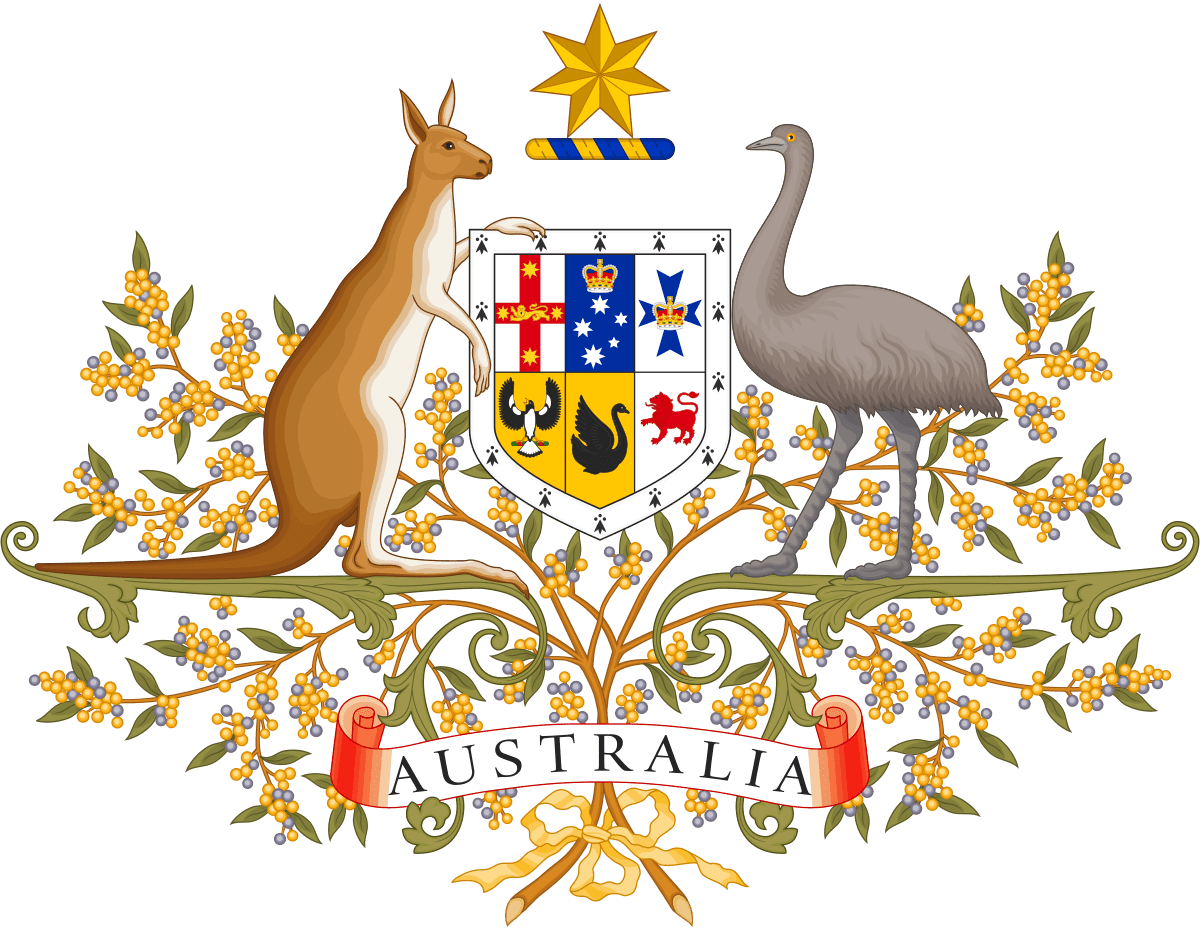
Posted On : Dec 4 2024
The Australian Intelligence Agency: Guardians of National Security
The Australian Intelligence Agency (AIA) is an integral component of Australia's national security architecture. With a mandate to safeguard the nation's interests both domestically and internationally, the AIA operates within a complex and ever-evolving landscape of global threats. This article delves into the origins, structure, functions, and challenges faced by the Australian Intelligence Agency in its mission to protect Australia and its allies.

Origins and Evolution
The roots of Australia's intelligence community date back to the early 20th century, with the formation of the Australian Secret Intelligence Service (ASIS) in 1952. ASIS was established to conduct foreign intelligence operations, mirroring the roles of similar agencies in allied nations such as the CIA in the United States and MI6 in the United Kingdom. Over the decades, Australia's intelligence capabilities expanded to include domestic intelligence and security through the Australian Security Intelligence Organisation (ASIO), established in 1949.
The AIA, as it is recognized today, encompasses a network of agencies, each with specialized functions but united by a common goal: the protection of Australia's national interests. This network includes ASIS, ASIO, the Australian Signals Directorate (ASD), and the Office of National Intelligence (ONI), among others.
Structure and Key Agencies
Australian Secret Intelligence Service (ASIS): ASIS is responsible for gathering foreign intelligence, conducting covert operations, and liaising with intelligence agencies of allied countries. Its primary focus is on international espionage, counter-terrorism, and the protection of Australian citizens abroad.
Australian Security Intelligence Organisation (ASIO): ASIO is tasked with domestic intelligence and security. Its responsibilities include counter-espionage, counter-terrorism, and the protection of Australia’s critical infrastructure from threats both internal and external. ASIO works closely with law enforcement agencies to thwart terrorist plots and other security threats within Australia.
Australian Signals Directorate (ASD): ASD specializes in cyber intelligence, cybersecurity, and information warfare. It intercepts and analyzes electronic communications to provide intelligence on potential threats and safeguard Australian governmental and defense communications against cyberattacks.
Office of National Intelligence (ONI): The ONI was established to integrate and coordinate the efforts of the various intelligence agencies within Australia. It provides strategic assessments and advice to the government on matters of national security and foreign policy.
Functions and Operations
The AIA performs a range of critical functions aimed at preserving Australia’s security and strategic interests:
Intelligence Gathering: Collecting information through human intelligence (HUMINT), signals intelligence (SIGINT), and other means to understand and counter threats.
Analysis and Assessment: Evaluating and interpreting intelligence to provide actionable insights to policymakers and defense officials.
Counter-Intelligence: Detecting and neutralizing foreign espionage activities within Australia.
Cybersecurity: Protecting Australian digital infrastructure from cyber threats through proactive defense measures and cyber threat intelligence.
Counter-Terrorism: Identifying and disrupting terrorist activities and networks, both domestically and internationally.
Challenges and Future Directions
The Australian Intelligence Agency faces numerous challenges in an increasingly complex global environment. The rise of cyber threats, the proliferation of terrorist networks, and the geopolitical maneuvers of state actors such as China and Russia require constant vigilance and adaptation.
One of the most pressing challenges is the threat posed by cyber espionage and cyberattacks. As technology evolves, so do the methods used by adversaries to infiltrate and disrupt Australian systems. The AIA must continually enhance its cyber capabilities to stay ahead of these threats.
Another significant challenge is balancing the need for effective intelligence operations with the protection of civil liberties and privacy. Ensuring transparency and accountability in intelligence activities is crucial to maintaining public trust and upholding democratic values.
Looking to the future, the AIA aims to strengthen its collaborative efforts with international allies, enhance its technological capabilities, and foster a culture of innovation and resilience. By doing so, it will be better equipped to navigate the uncertainties of the modern security landscape.
Conclusion
The Australian Intelligence Agency plays a vital role in safeguarding the nation's security and interests. Through its network of specialized agencies, it addresses a broad spectrum of threats, from traditional espionage to emerging cyber challenges. As the global security environment continues to evolve, the AIA remains committed to adapting and enhancing its capabilities to protect Australia and its allies effectively.
No Comments Added




















